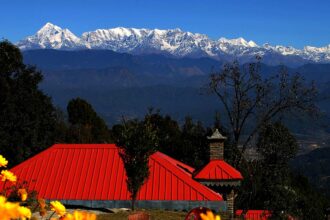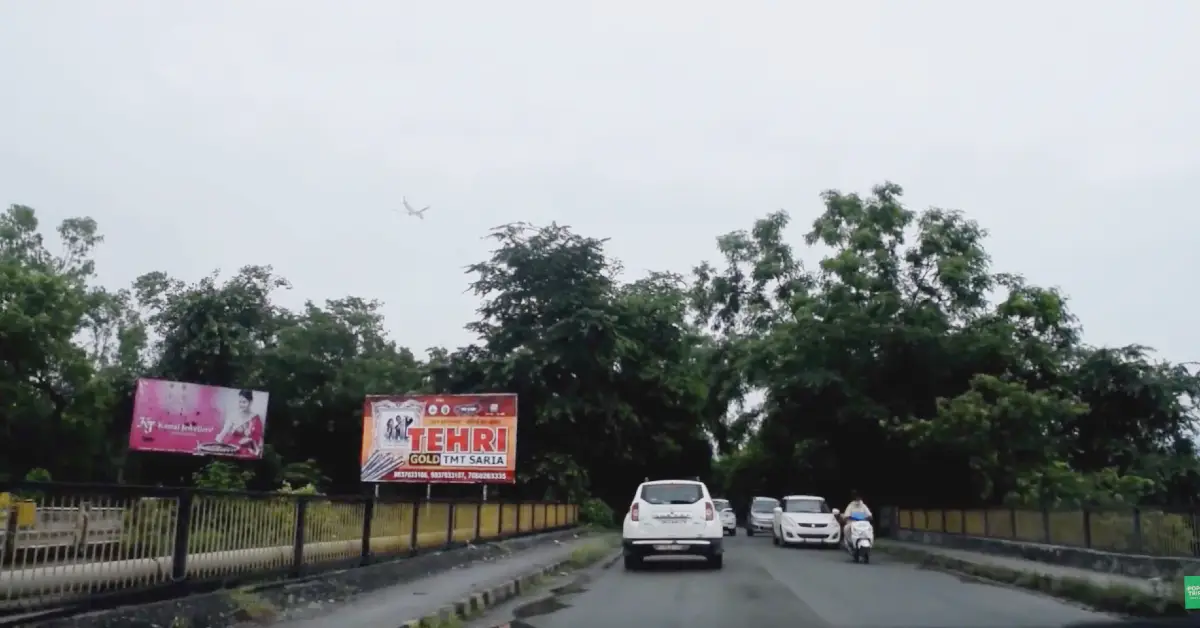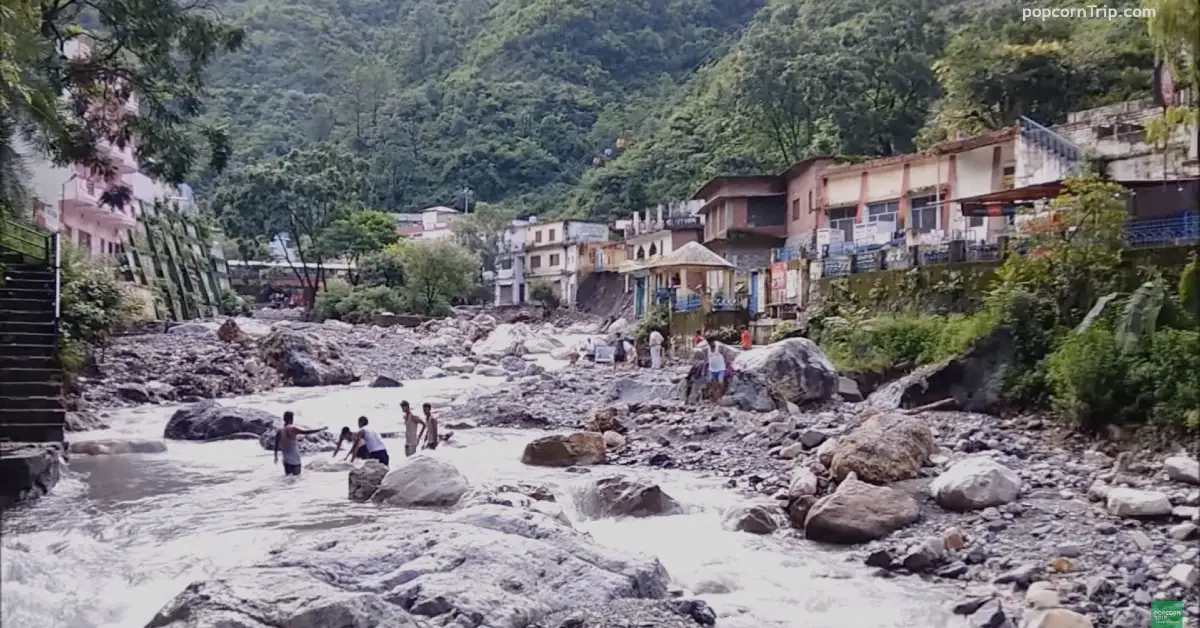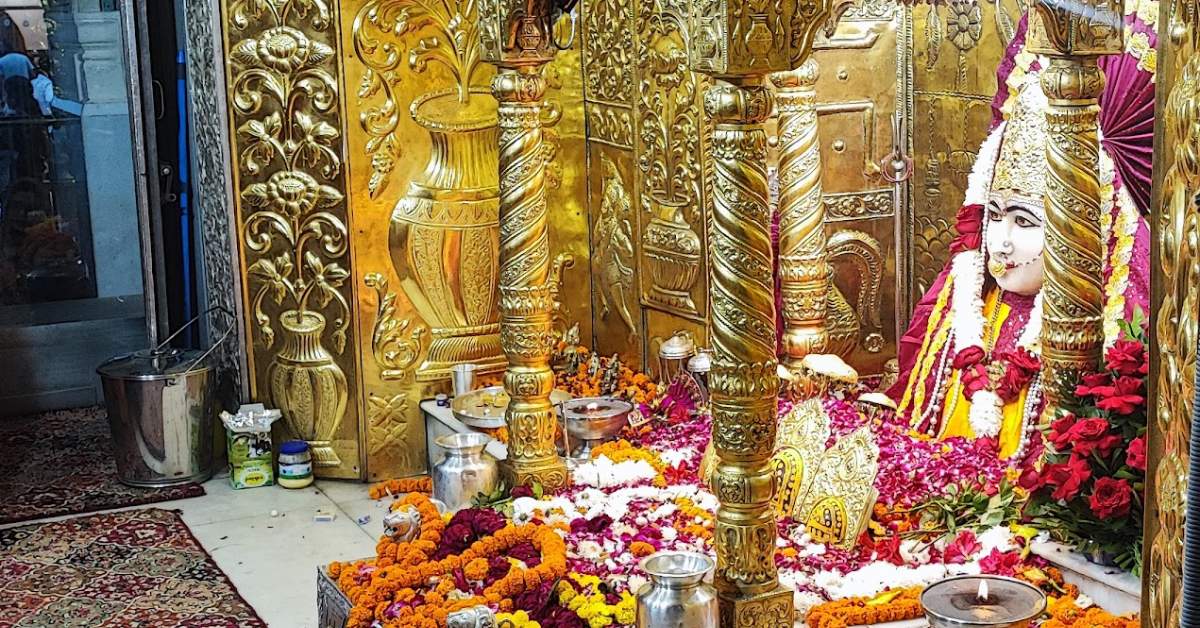In the tranquil embrace of the Shivalik Hills, a mystical tale unfolds, etching a divine connection between humanity and the sacred. This is the story of Mansa Devi and Patiala Temple, nestled in the heart of Panchkula, Haryana. As we embark on this unique journey, you will discover the rich history, architectural grandeur, and the spiritual significance of these two magnificent temples.
Mansa Devi: A Spiritual Oasis
The story begins with a cow that would arrive daily to offer milk at three adjoining stones, known as Pindies, on a hilltop. Locals soon realized the stones were sacred, and they began worshipping them as the forehead of Shri Sati. This led to the construction of the Mansa Devi Temple. It was Maharaja Gopal Singh of Manimajra who undertook the task of building the main temple between 1811 and 1815, situated on the Shivalik foothills in Bilaspur village, Panchkula.
A mere 200 meters away stands the Patiala Temple, built by Sh. Karam Singh, the then Maharaja of Patiala, in 1840. These temples enjoyed the patronage of Manimajra State, but after the princely states merged into Pepsu, their support waned, leading to a period of neglect. The temples’ condition deteriorated, and proper arrangements for pilgrims were absent. The Mansa Devi Temple was initially known as the Temple of Mata Sati. It’s believed that King Gopaldas of Manimajra constructed a cave from his fort to the temple, a 3-kilometer journey he made daily with his queen to see Mother Sati. The temple’s doors only opened when the king arrived.
Mansa Devi Temple, Panchkula: An Overview
Spread over 100 acres, the Mansa Devi Temple is a symbol of devotion and architectural splendor. It worships Shakti, the divine feminine force that governs the universe in Hinduism and Shaktism. Pilgrims tie sacred threads around a tree to seek blessings, and the temple’s walls are adorned with 38 panels of wall paintings and intricate floral designs. This temple, constructed by Maharaja Gopal Singh in the early 19th century, is a renowned Shakti shrine in North India. The Mansa Devi Temple now stands as a heritage site maintained by the government, exuding a vibrant atmosphere steeped in legends and myths.
The shrine provides Laxmi Bhavan Dharamshala with 22 rooms and dormitories available to pilgrims at nominal charges, along with complimentary blankets. Additionally, the Board offers the Lajwanti Guest House, featuring seven rooms with modern amenities.
Patiala Temple: A Unique Architectural Marvel

The Patiala Temple, in stark contrast to the Mansa Devi Temple, features a ‘nagara’ curvilinear spire with miniature shrines decorating its body from bottom to top. This architectural style harmonizes with the Shivalik background, and the temple is colossal, built in the pancharatha style with four projections and semi-pyramidal conical spires. The sanctum sanctorum enshrines Devi in her anthropomorphic form sculpted on marble, and the pindi (stone) is also worshipped. While the main temple has Mughal features, the temple has a covered ‘Parikrama,’ a unique aspect of Hindu art and architecture.
Kali Mata Temple in Kalka: A Tale of Triumph
In the border region between Haryana and Himachal Pradesh, the Sadh Shree Peeth Kali Mata Temple welcomes the Navaratri fair. Legend has it that during the era of Satyug, the mother’s divine form defeated demons, and she was named Kali Mata in Kalka. Another belief ties the temple’s origin to the Pandavas during their exile, when a miraculous cow named Shyama consecrated the mother’s pinda with her milk.
Plan Your Visit
The Mansa Devi Temple opens its doors to seekers and visitors from 4 AM to 10 PM during summer and from 5 AM to 9 PM in winter. The morning and evening arti (prayer) timings are at 4.30 AM/5 AM and 7 PM/7.30 PM during the summer months.
Mansa Devi and Patiala Temple in Panchkula are not just architectural marvels but also sources of spiritual enlightenment and cultural heritage. Explore these gems in the heart of Haryana to immerse yourself in a blend of divinity, history, and breathtaking architecture.








